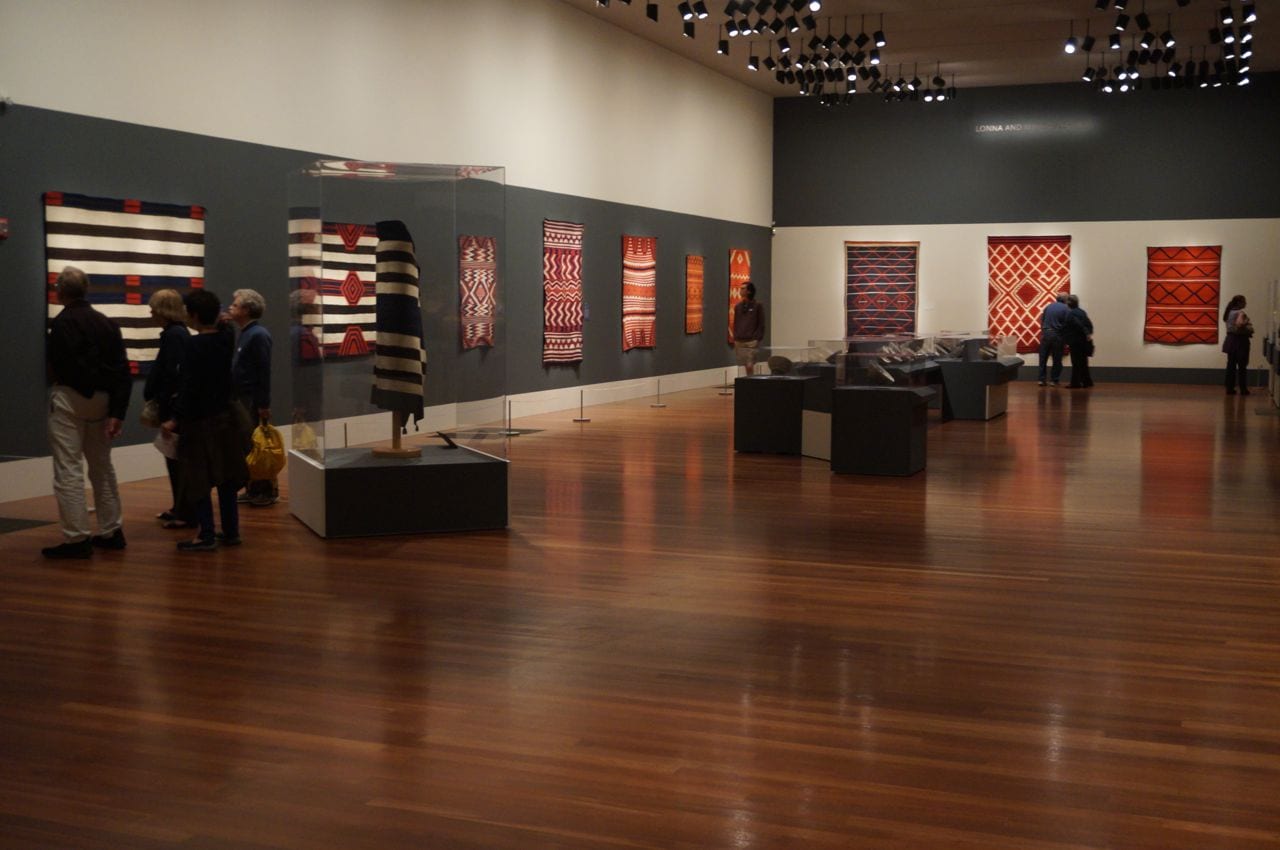
Recently, I had the chance to stop by the San Francisco DeYoung Museum to see the stellar collection of Navajo carpets that are currently being displayed. What a feast for the eye!!! You may not know, but our beloved SF DeYoung has an incredible permanent collection of amazing carpets and kilims from the Turkey, Turkmenistan and elsewhere. Sadly, these rugs are rarely displayed. So it was with great excitement that I went to see this new group of Navajo rugs that was made possible by the Weisel family. Truth be told, there were other gorgeous objects and pottery, but I was focused just on the rugs.
The rugs were grouped into two main groups; the so-called “Chiefs’ Blankets” and the “Serape Style”. The Serape style were directly influenced by the more ornate and geometric carpet of the Mexican Saltillo Serape carpets. These carpets have the intricate diamonds and serrated designs.
Then, there were the elegant and powerful “Chiefs’ Blankets”. These had more restrained and minimalist designs. Interestingly, I learned that the Navajo people had no “chiefs”. However, these textiles were so prized amongst the other tribes that traded with the Navajo, that chiefs of other tribes (such as the Souix and Ute) would wear these fine objects as a symbol of power and influence. In one of the display cases (pictured below) there was a mannequin draped in a first phase Chief’s blanket. What an elegant display! One can understand the grandeur and grace that would be conveyed by wearer of this textile! Simply impressive!
The other wonderful thing to see in this exhibit were the three “phases” of Cheifs’ Blankets displayed side-by-side. Chiefs’ Blankets are normally categorized into 1st, 2nd and 3rd phase weavings based on the age. The 1st phase blankest are the oldest and the most simple with continuous banded designs. In the 2nd phase, the carpets become somewhat more complex, and further still in the 3rd phase carpets. Here, all three “phases” were laid out side-by-side. Wonderful to see the natural “progression” of these carpets.
The weaving in all of these rugs was a “plain” or “tapestry” weave. This is a similar weave to the kilim rugs that we sell at Nomad Rugs. And, in the older rugs, the wool was entirely hand spun and the colors were derived entirely from natural dyes as well as natural un-dyed wool. The colors in these early rugs was simply astonishing: rich reds that made the toes tingle, blues that soothed the soul and rich earthy browns that eased the mind. Some of the latter rugs were made when the Navajos had been forced into camps. These latter rugs were made with commercial yarn. Machine spun and dyed with early synthetic aniline dyes.
Well, if you find yourself in San Francisco’s Golden Gate park, I highly recommend a stroll through the DeYoung Museum. And, go up to the 2nd floor to the Textile Gallery. There you will find some simply stunning Navajo rugs!
Thanks for reading. Hope to see you at the shop soon! Chris, Nomad Rugs
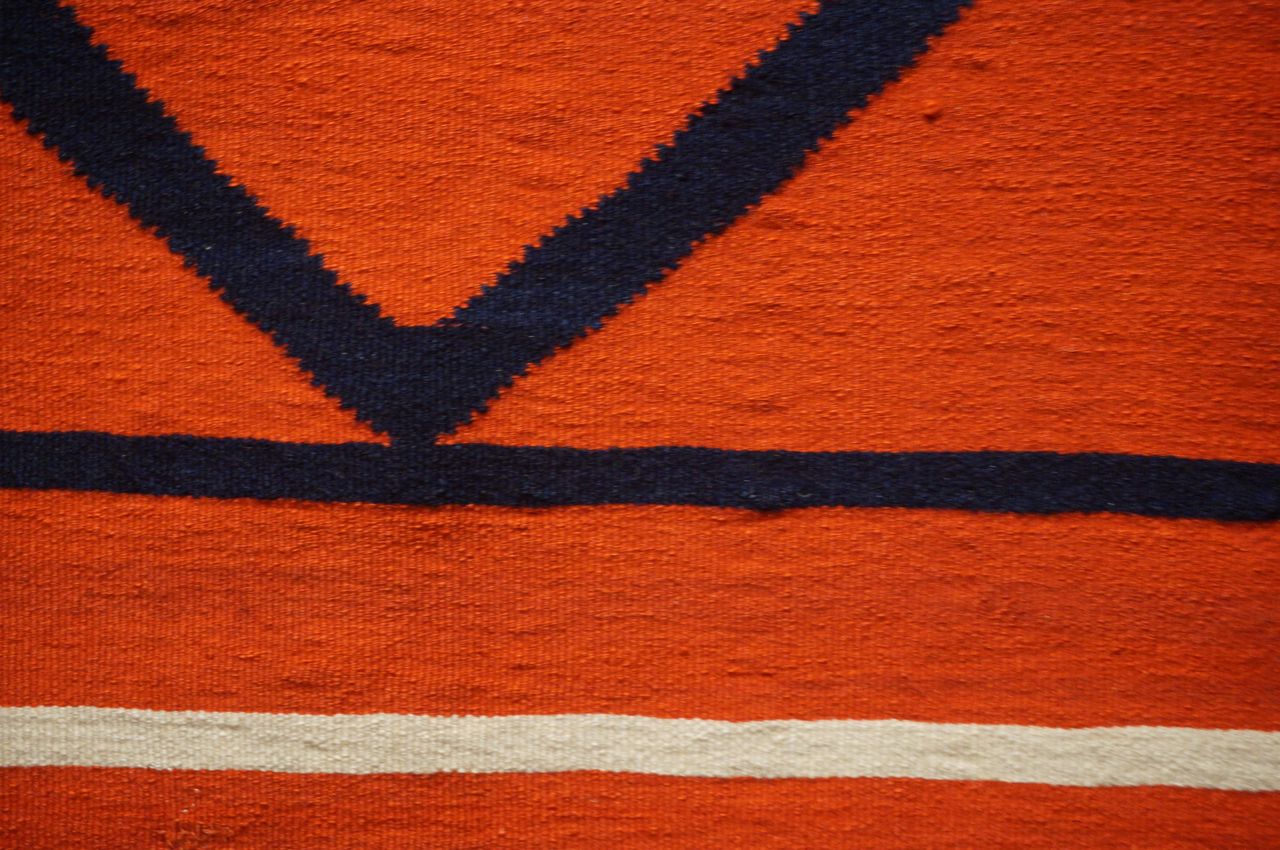

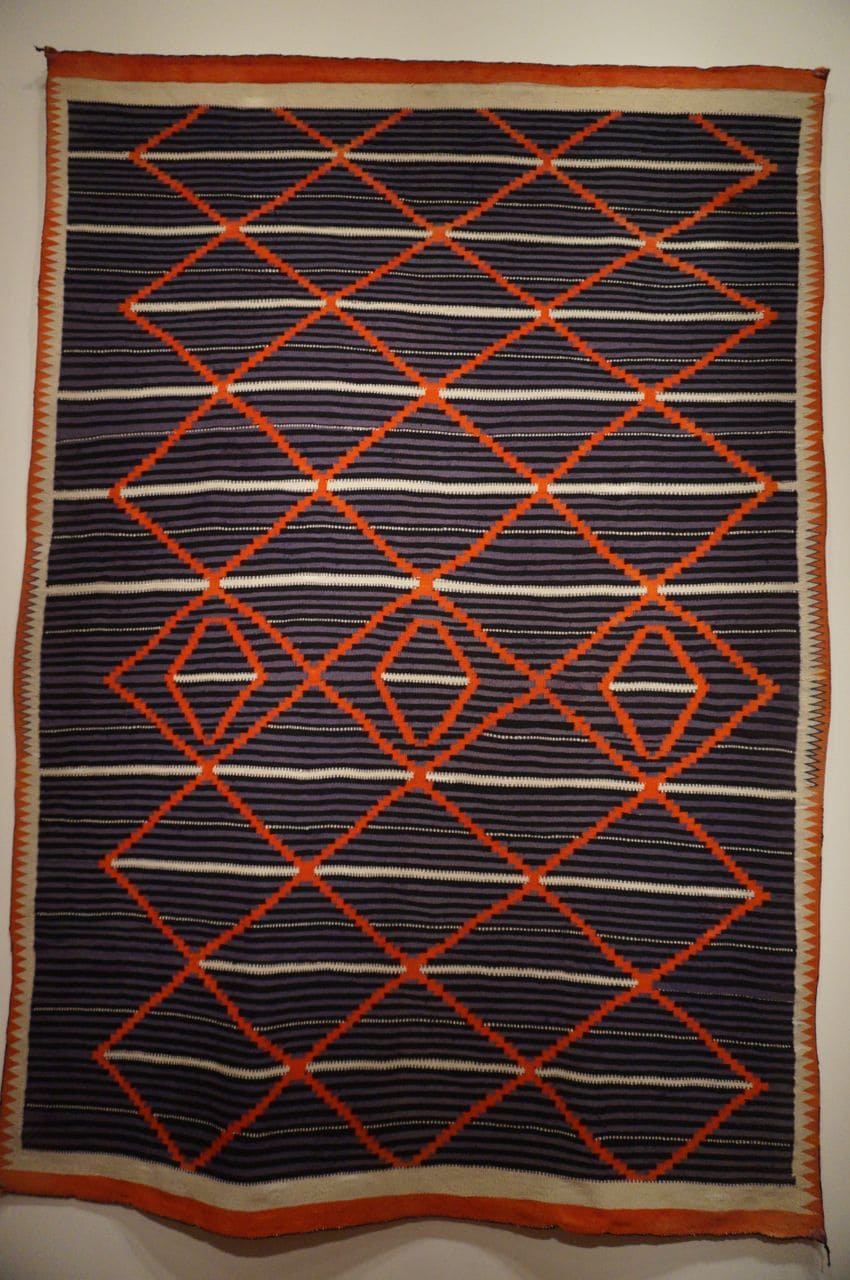
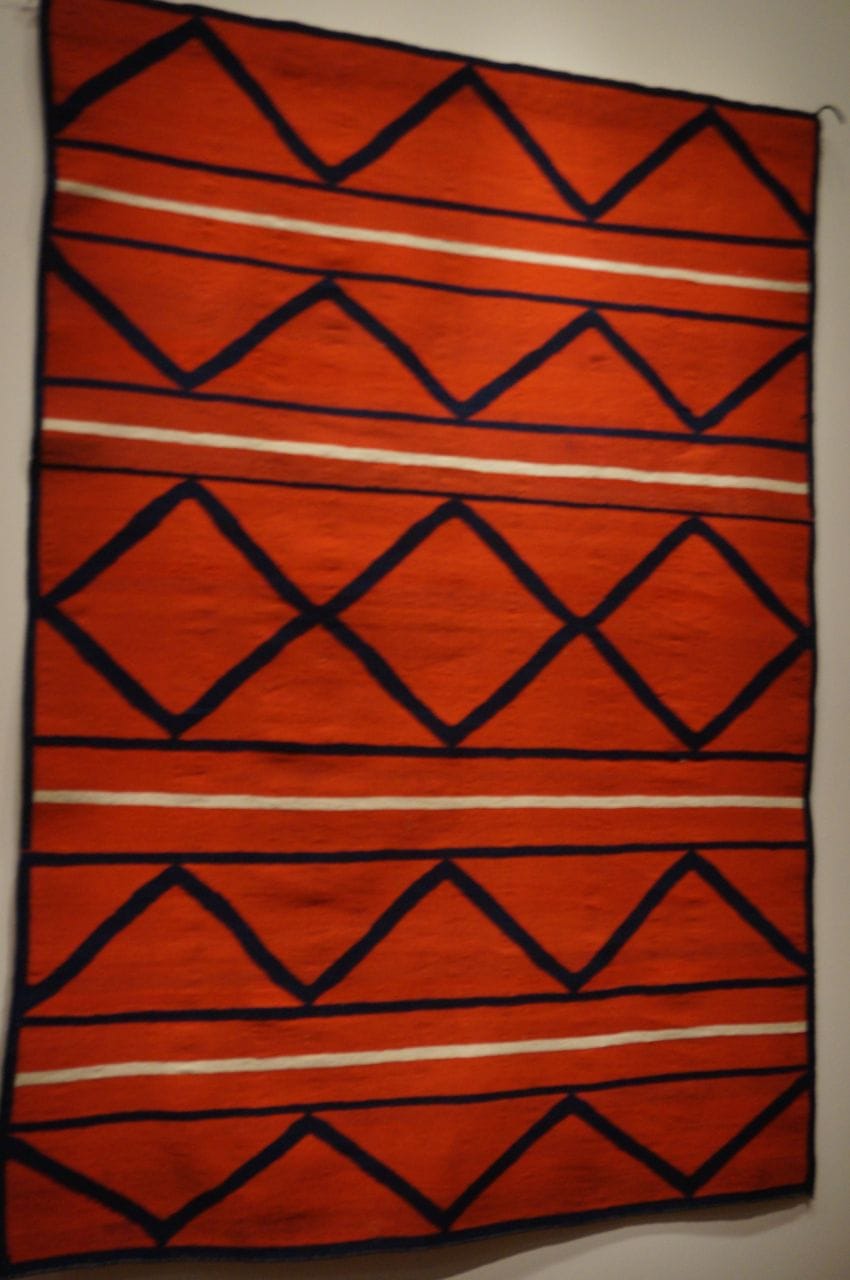

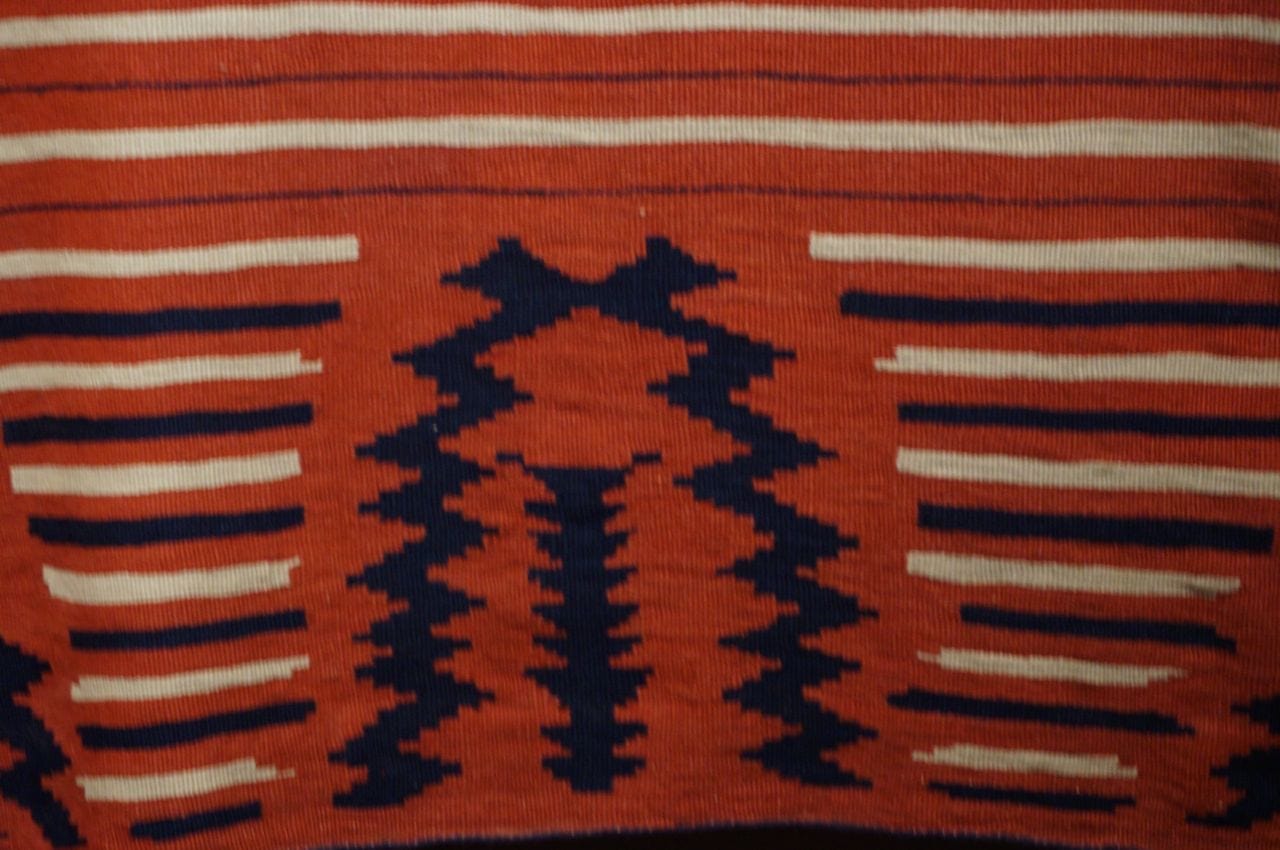
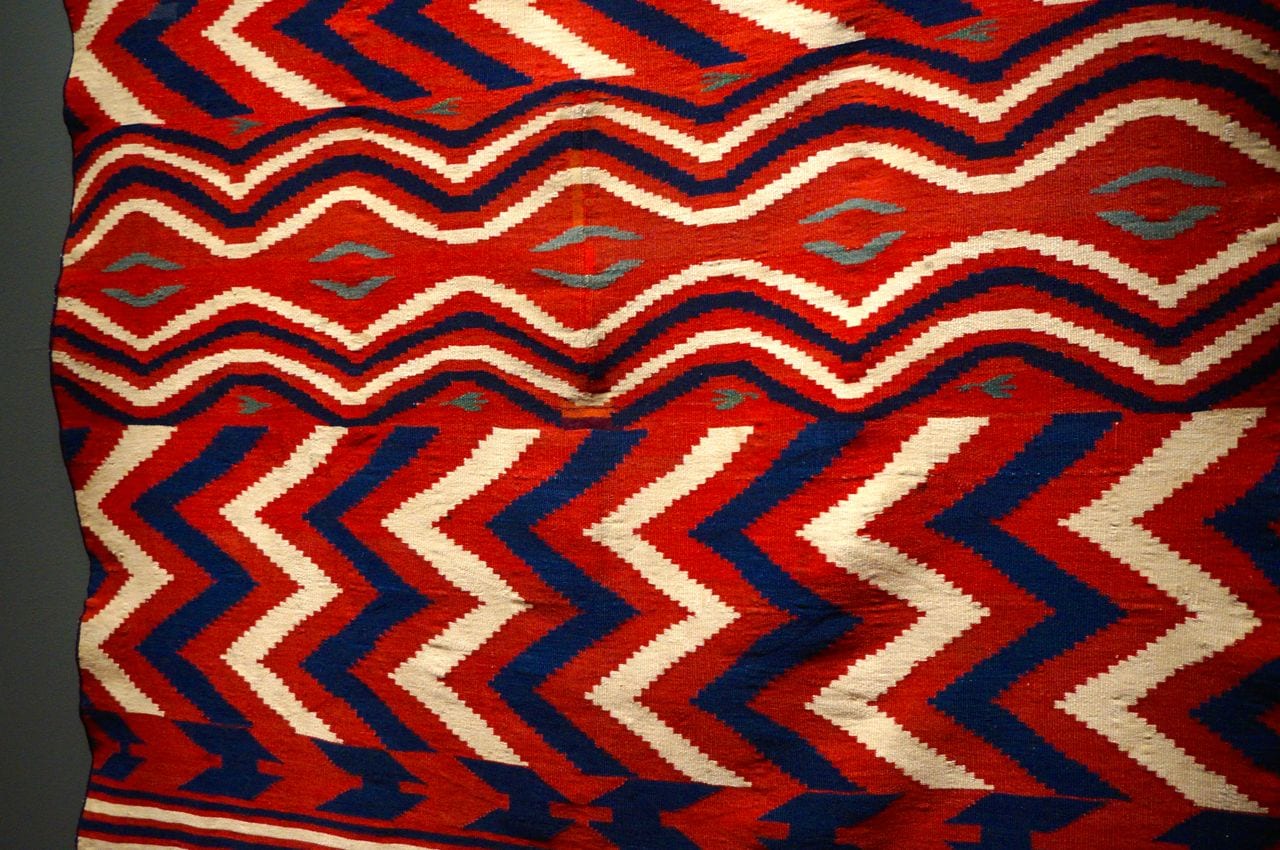
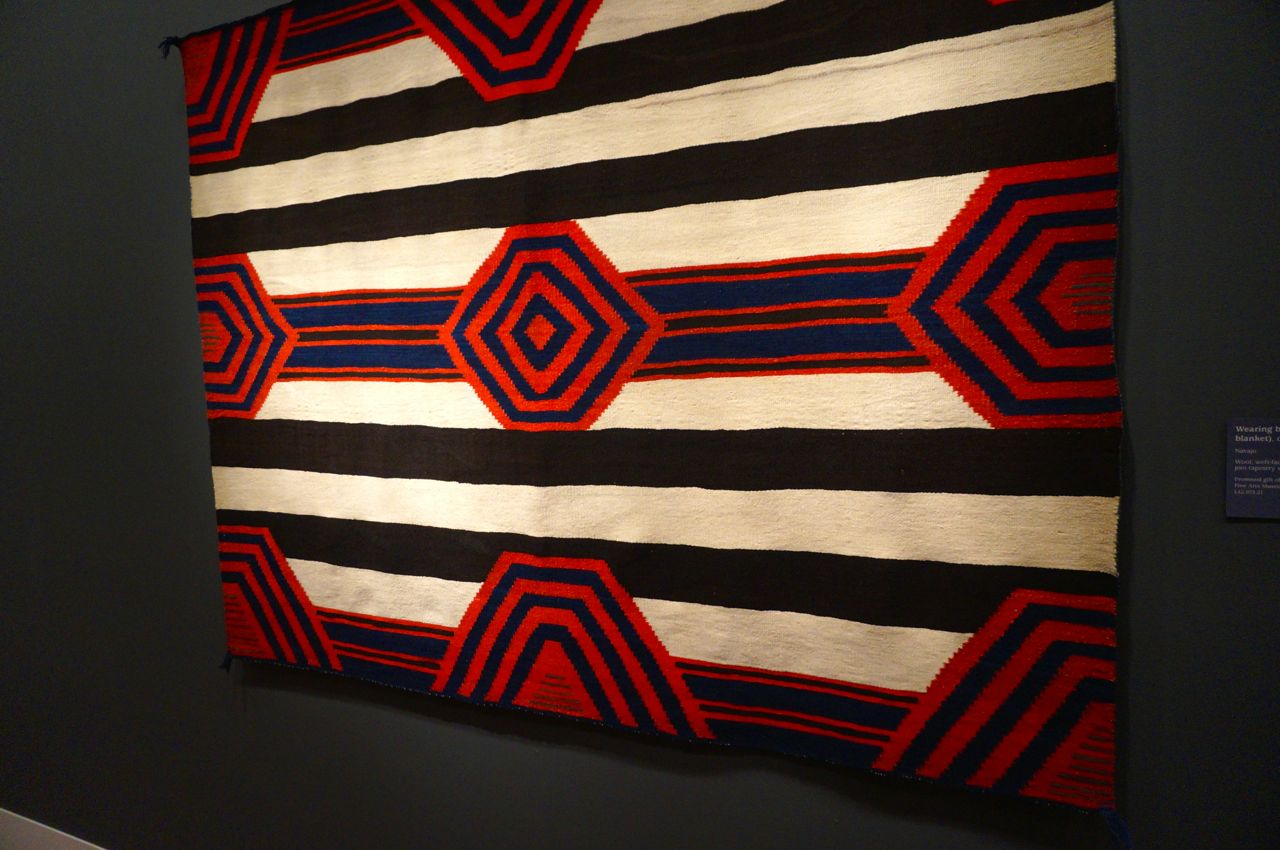
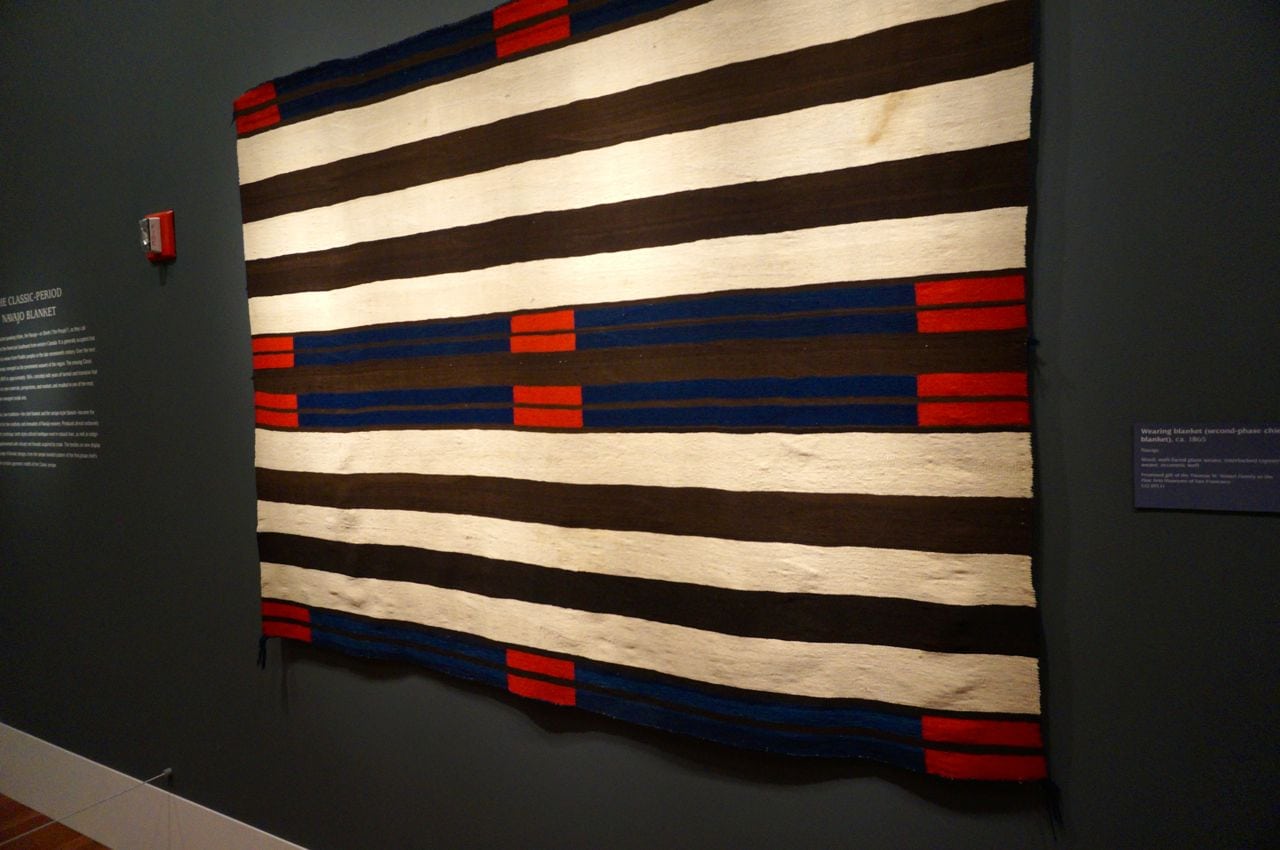
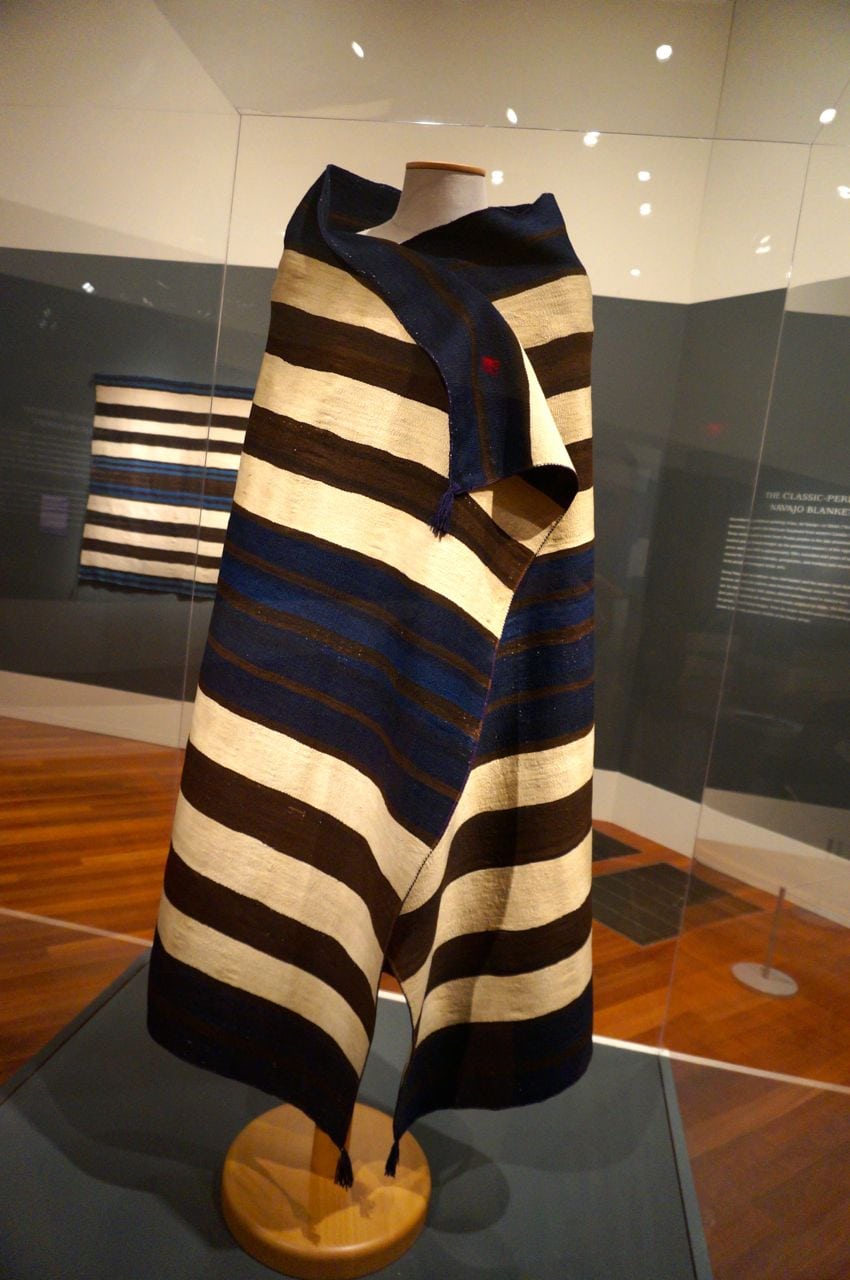
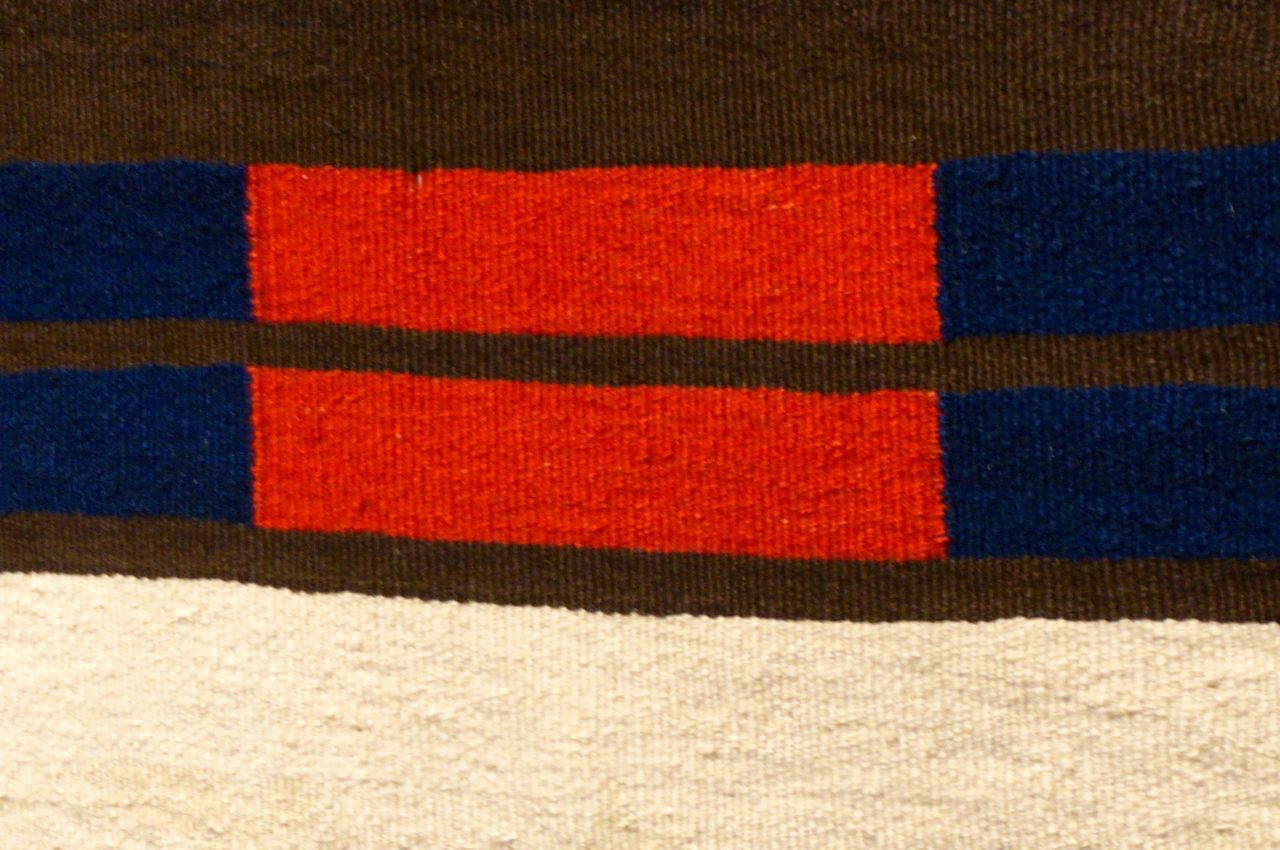
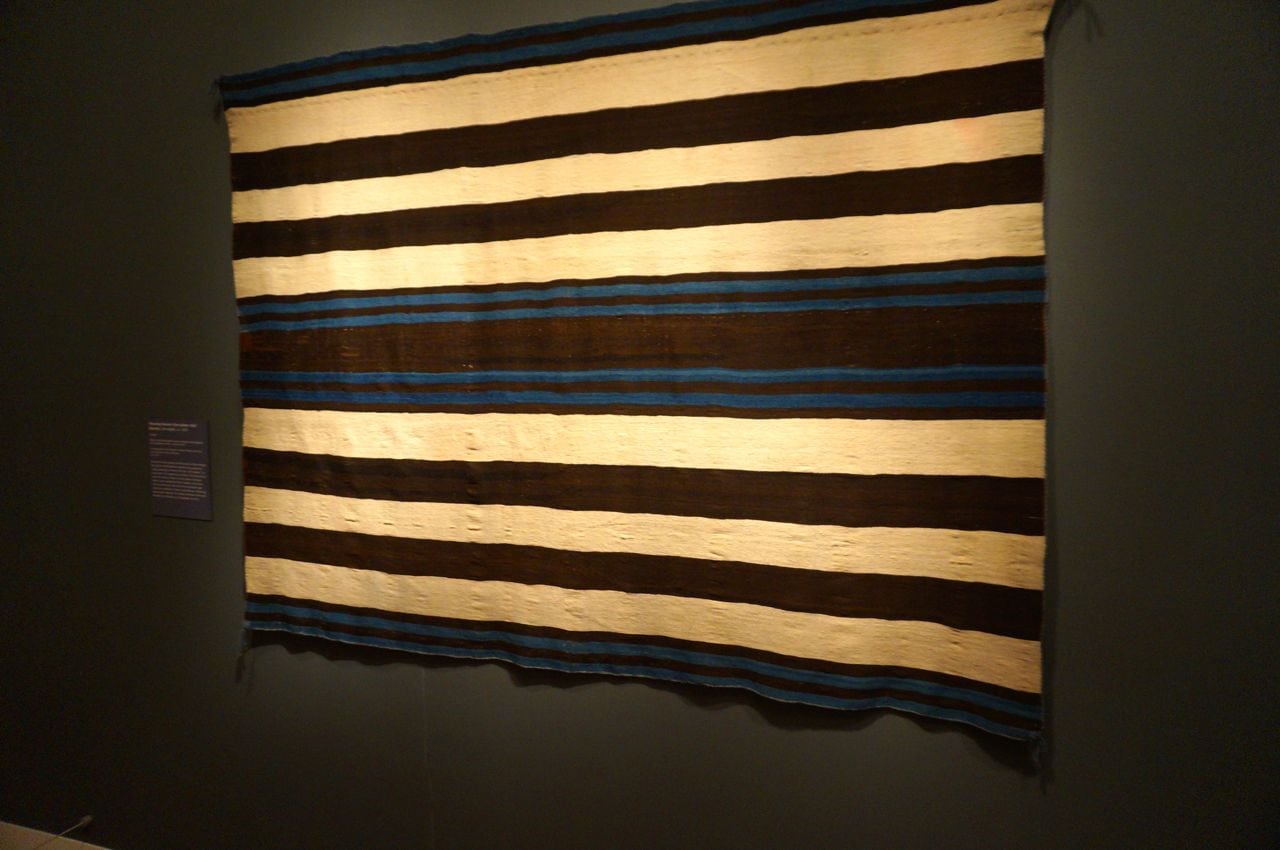
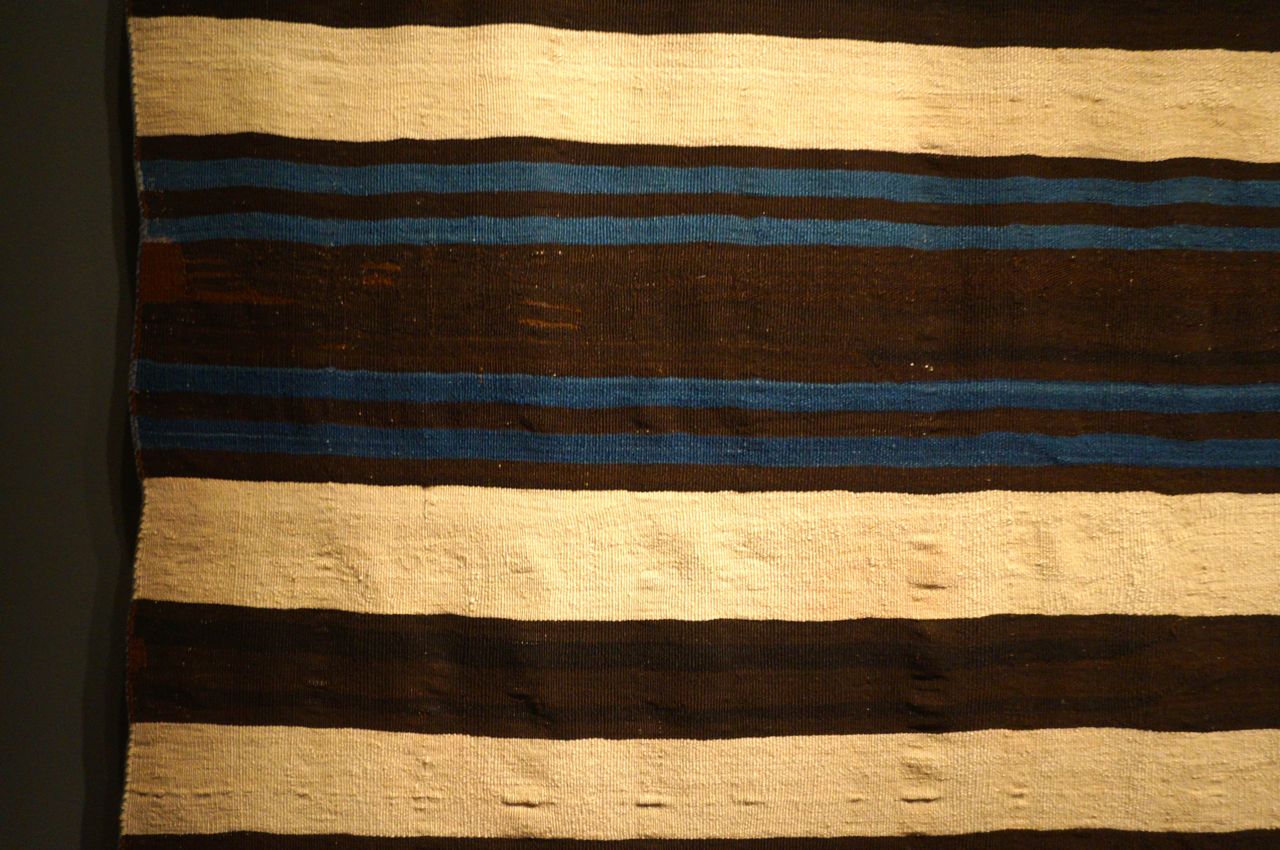
 © 2025 Nomad Rugs. All Rights Reserved.
© 2025 Nomad Rugs. All Rights Reserved.
I* have a brown and white blanket that is woven wool it is wider than long and meets all requirements i can find on 1st phase chiefs blanket. I just dont know how to find out if this blanket is in face a 1st phase navajo chiefs blanket. Can you give me direction?
Hi, that would be wonderful if this was a 1st phase blanket! I am not very knowledgeable as I do not buy and sell Navajo rugs. You may send me an image and I can look and give you my best bet. But you might also consider looking up dealers that specialize in Navajo rugs or discussion groups and collectors groups online dedicated to Navajo textiles. Thanks, Chris
I have a second phase Navajo chief’s blanket that needs repairing in two places. Can you tell me where I could get this blanket repaired, or should I even repair it?
Can you send pictures of the damaged areas? We do offer a full wash and repair service.
I have an old blanket I’ve been trying to identify for years. Would love to send a photo if you’d be so kind.
Sure thing, I’ll try my best. Chris